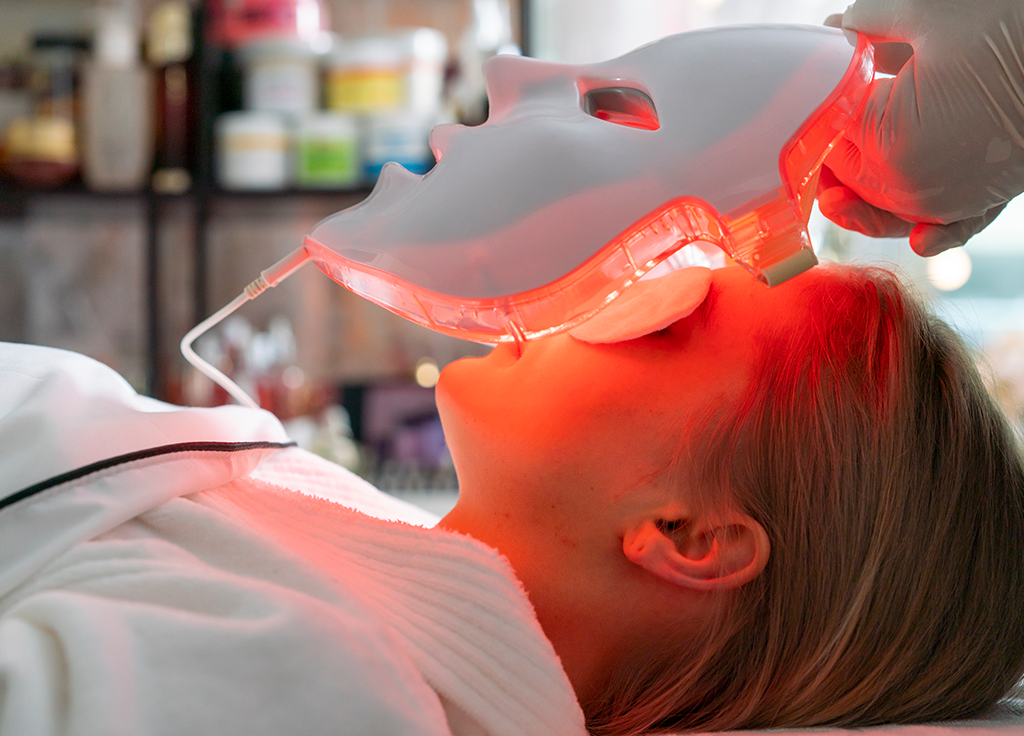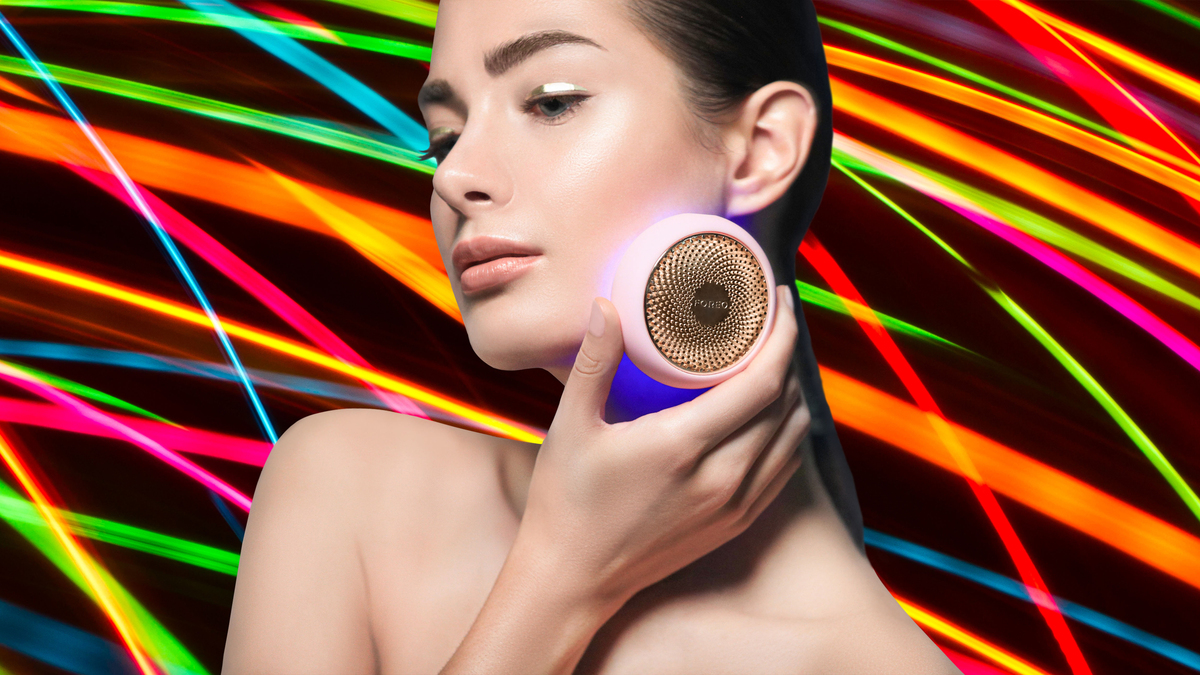You’ll be happy to know that skin elasticity can be improved naturally with just a little extra tender loving care on your part.
It’s a natural process for the skin on our faces to lose elasticity as we start approaching middle age, and although this tends to become a source of insecurity for many, it’s more important to remember that the gift of aging is a blessing! While there is nothing wrong with natural wrinkling, refreshing and lifting mature skin is only a credit card payment away with so many cosmetic procedures available on the market.
However, what are your options if you don’t want to spend on invasive fillers or Botox? You’ll be happy to know that skin elasticity can be improved naturally with just some extra tender-loving-care on your part, and some added tools you can use in the comfort of your own home.
WHAT CAUSES US TO LOSE ELASTICITY ON OUR FACE?
The structure of our faces being the bones of the cheeks, forehead, temples, and jawline holds up the fat, collagen, and skin. As we age, we start to lose volume around these areas, causing skin to look less taut over time. And although losing skin elasticity is part of the aging process, other factors such as diet, sun exposure, and sleep deprivation can contribute to more rapid signs of aging.
Of course, no one can escape the natural process of aging, but taking care of yourself like getting enough sleep, reducing unnecessary stress, and not smoking will help keep your skin radiant and healthy.
HOW TO TIGHTEN FACIAL SKIN WITHOUT COSMETIC PROCEDURES
It’s never too late to start improving our skincare routine not only for treating aging skin, but also as an essential practice to reduce accelerated aging.
- USING A MICROCURRENT TOOL

Microcurrent refers to, as the name suggests, a very tiny electrical current that mimics your body’s own natural pulses. What that means is our brains use currents to communicate through our neurological pathways, where it’s constantly sending signals. Microcurrent devices involves technology that mimics those currents, delivering them to our facial muscles.
These motorised devices work by sending electric currents to the skin that stimulate collagen and elastin production that help strengthen the muscles under the skin, which can prevent sagging. Microcurrent devices can be highly effective, but only when used consistently.
2. ADDING COLLAGEN TO YOUR DAILY MENU
Collagen is what gives our skin a tight and taut look, but as we age, we begin to lose natural collagen. One way to boost our natural collagen production is through collagen supplementation. However, not all supplements are created equal. While there may be some truth to collagen supplements stimulating collagen production, it’s important to not skimp on quality when choosing the right supplements.

Research shows that collagen peptides are able to support skin elasticity and dermal collagen density, and what’s more, amino acids in collagen supplements might increase hydration levels in the skin.
3. PRACTICE GUA SHA
Gua sha, also known as jade scraping, is a small stone scraping tool to increase circulation. While this is certainly a worthy benefit on its own, this practice may also help with skin aging.
:max_bytes(150000):strip_icc()/120622-gua-sha-003-2efed53ac3f347c98fcb55624c435aaf.jpg)
One study showed that facial rolling—which lends a similar effect to gua sha—for only five minutes a day improved blood flow to the face, resulting in better skin quality and smoother skin over time.
However, gua sha is not a one-and-done kind of practice; you must be consistent to see results. Plus, using this tool is not necessarily intuitive, so you should take a few minutes to learn how to use your gua sha before touching it to the skin.
4. MICRONEEDLING TREATMENT
Microneedling is essentially the process of pricking the skin with tiny, sterilized needles which create tiny punctures on the surface of the skin. This ultimately leads to the triggering of our body’s wound-healing process and the release of growth factors that stimulate cell regeneration and the production of collagen and elastin.

As you now know, triggering collagen and elastin production is the goal when it comes to rejuvenating the skin and making it more taut. Experts note that microneedling is another worthy investment for skin tightening—however, it should be done by a professional, and never at home! Plus, DIY-style derma-rollers can be dangerous and difficult to use correctly. This is one treatment you should never attempt without a practicing professional.
Not to mention, in-office microneedling tools are often used in conjunction with other methods like LED light therapy, which means you’ll get even more benefits like visible improvement in tone and texture.
5. USE RETINOL
Topical retinol serums and creams are another option for reviving sagging skin. Retinol binds to retinoid receptors within skin cells, and this “activates genes that upregulate collagen production. In some cases, retinol can also treat some forms of acne while improving skin tone and texture, providing a more natural glow.

Retinol comes in many forms, with over-the-counter and prescription-grade products available. Depending on your unique skin type and goals, you may be a candidate for stronger prescription products, but you’ll have to consult with a trusted dermatologist first.
6. INVESTING IN LED LIGHT THERAPY
LED light therapy devices are another approach to increase collagen, and potentially, elastin production as well with a demonstrable increase in collagen density.

A possible explanation for the role of red light therapy on collagen production is because of the photobiomodulation mechanism, which basically means that the light stimulates different pathways in cells that can trigger different outcomes. Although red light therapy can improve skin tone, texture, and collagen density, some devices can be gimmicky, so do your research to find trustworthy options to make your investment worth it.
7. PRIORITISE SLEEP
Sleep is often overlooked in the beauty space, but it’s vital to maintaining healthy skin at any age—and research backs this up fervently.
Losing sleep increases cortisol (the stress hormone), which can break down collagen over time, which is why many experts consider sleep a vital part of any “anti-aging” skin routine. So do your best to get a full seven to eight hours of sleep when you can to keep your face looking younger and stress-free.
Source: Mindbodygreen
"ExpatGo welcomes and encourages comments, input, and divergent opinions. However, we kindly request that you use suitable language in your comments, and refrain from any sort of personal attack, hate speech, or disparaging rhetoric. Comments not in line with this are subject to removal from the site. "





















